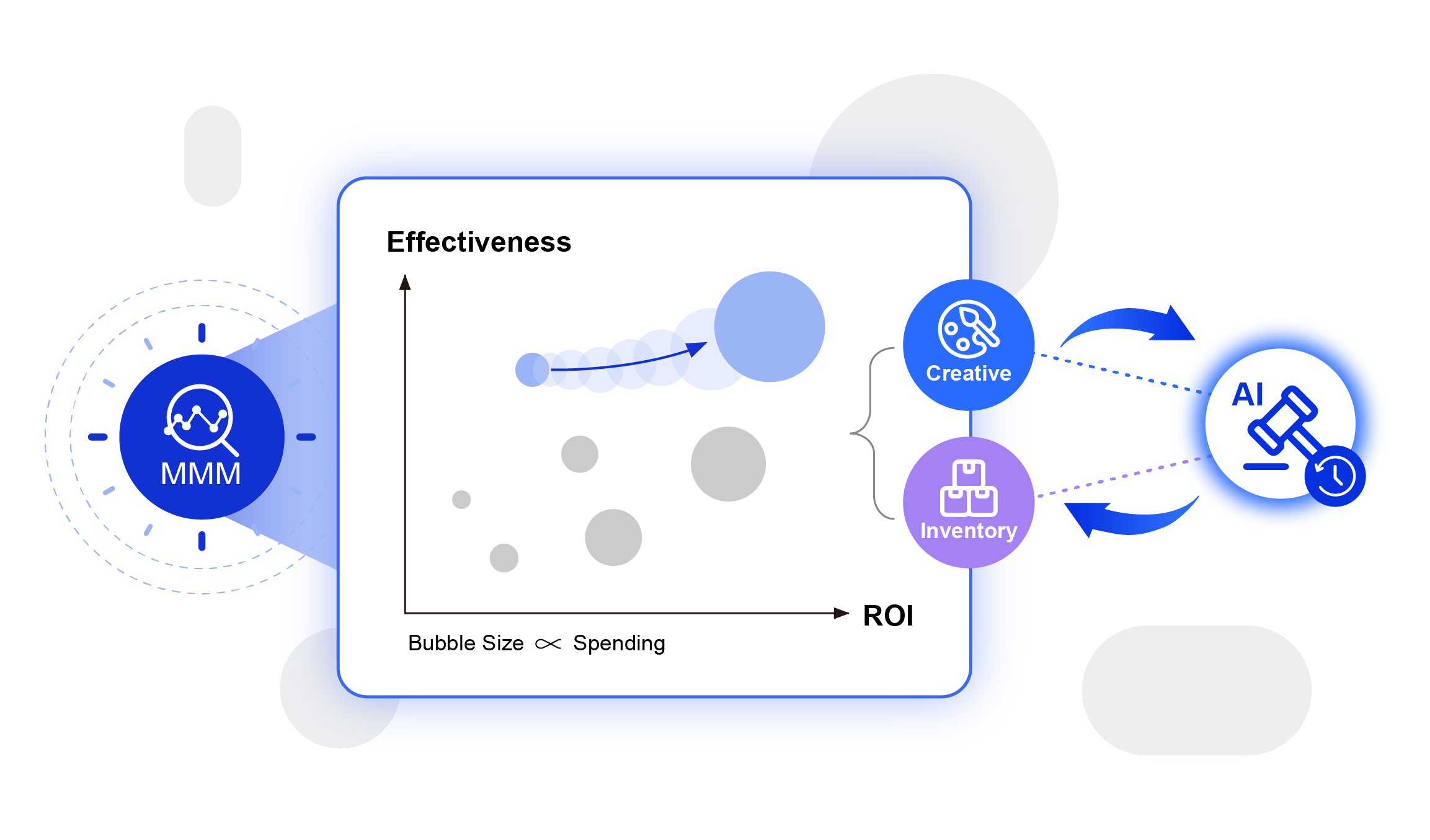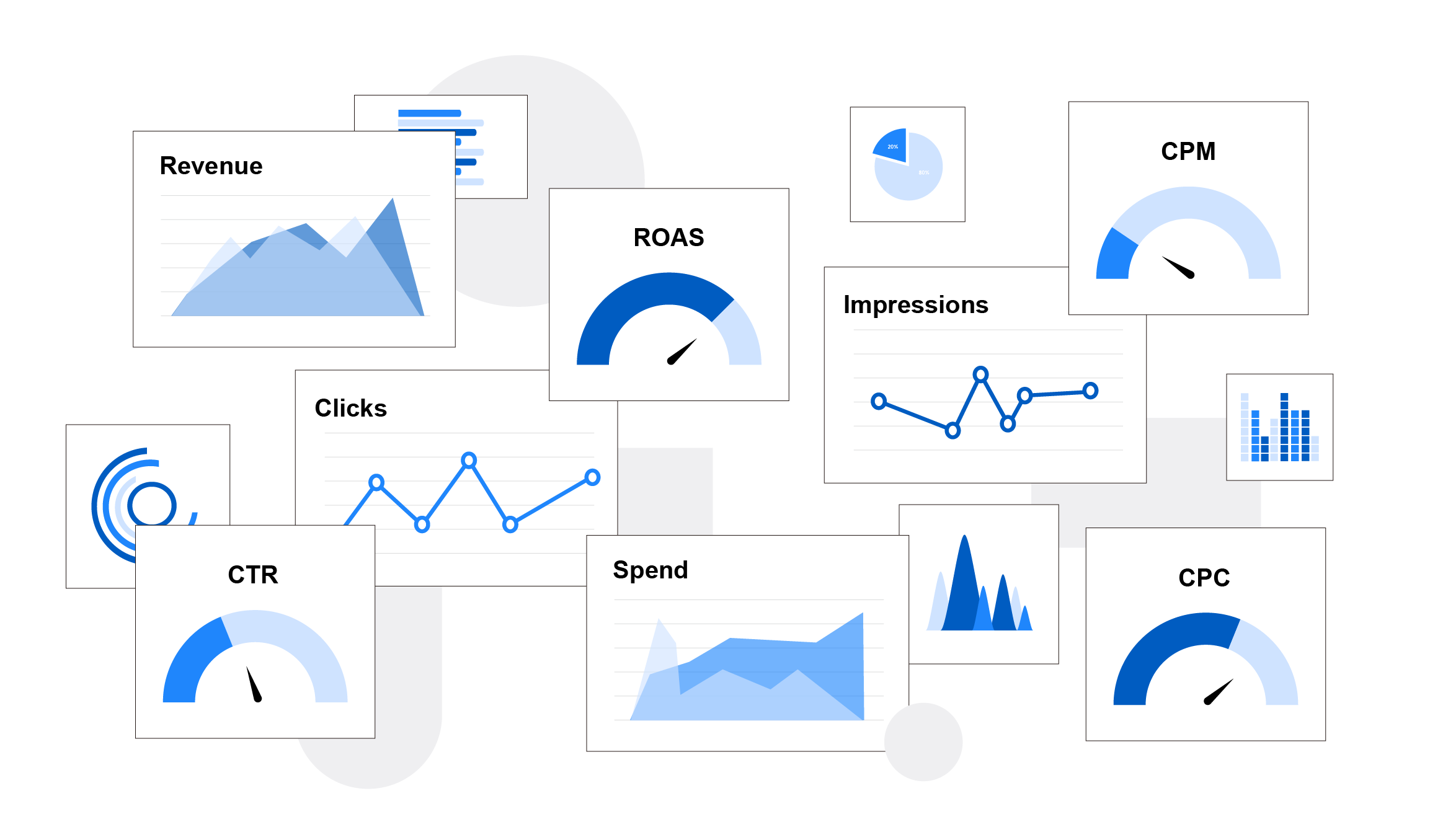5 min read
To solve the problem of disconnected data in a world where we are dealing with millions of touchpoints and interactions, 51 percent of marketers say they currently use a customer data platform (CDP) and 35 percent say they plan to use one. So, what exactly is a CDP, what benefits does it offer, and how does it compare to other customer data systems?
What Is a Customer Data Platform?
A customer data platform is a type of software that collects and organizes data from a wide range of touchpoints in real time to create individual, unified customer profiles.
CDPs can also communicate with other delivery and engagement systems such as marketing automation software, websites, and social media management tools. This means it is possible to plan and execute campaigns directly from them.
Some customer data platforms also have additional functions built in, such as business intelligence, analytics, reporting, and tracking. Their ultimate purpose is to help businesses and marketers make better customer-focused decisions.
What Type of Customer Data Does a CDP Work With?
A customer data platform can collect and work with multiple types of first-, second-, and third-party customer data. This includes data from your CRM activities, web forms, website, apps, social media activities, e-commerce site, customer service calls, and even in-store interactions.
These specific types of data can be filed into four broad categories: Demographic data, behavioral data, transactional data and qualitative data.
Demographic data – This includes identity, socio-economic and descriptive data such as age, gender, population, race, income, location, education, employment, social profiles, and hobbies and interests.
Behavioral data – This is generated by online customer interactions. It includes website clicks, product views, social media engagement, email open and click-through rates, and customer service communications.
Transactional data – This comes from exchanges or interactions between a customer and a company such as purchases, returns, subscriptions and abandoned carts.
Qualitative data – This includes information made available through forms and surveys. It collects motivations, opinions and attitudes expressed by customers, such as why they chose your product over others.
How Is a CDP Different From CRM Tools and DMPs?
Like CDPs, customer relationship management (CRM) tools and data management platforms (DMPs) also aggregate customer data for your organization. However, they work differently and serve different purposes. Here are some of the key features of each:
- Automatically create unified customer profiles
- Collect (mainly first-hand) customer-specific data (e.g., names, addresses, emails) on anonymous and known visitors
- Analyze customer behavior and journeys
- Track online and offline customer behavior
- Built for scale to handle multiple data points efficiently over long periods
- Integrate with multiple other systems
- Track customers’ interactions with your company
- Only collect data from known or potential customers
- Analyze sales forecasting and pipelining
- Can’t collect offline data unless collected manually
- Built to engage customers not to ingest vast amounts of data
- Limited integration with other systems
- Automatically collect data mainly for advertising
- Mostly collect third-party data (e.g., through data providers and services)
- Reflect anonymous customer identities (e.g., cookies, devices and IP addresses)
- Only track online data via a server
- Built to retain data for a short period to target ads and build lookalike audiences
- Integrate with other marketing systems
What Are the Benefits of a CDP?
Companies using a CDP are more than twice as likely to have significantly outperformed on their main marketing goal for the previous year. Here are some of the reasons why:
They Make Data Accessible
By collecting and unifying customer data from multiple data sources, a CDP makes all data accessible to other systems and business functions. This includes marketing, management, sales and customer service.
They Offer a 360 Degree View
CDPs offer a true 360-degree customer profile, or single customer views – unlike other customer data platforms which have never quite delivered it. These complete profiles can give a more rounded, accurate understanding of customer needs and wants.
They are Flexible and Agile
CDPs allow marketers to be much more agile and responsive to ever-changing market trends and customer behaviors. As data is collected in real time, your communications can be more relevant. Your strategy can also be quickly acted on by connected systems.
They Deliver More Accurate Predictions & Insights
Some CDP systems come equipped with AI and machine learning capabilities. This means, as well as unifying your customer data, they can also deliver accurate predictions and insights about customers and their future behaviors.
They Boost Efficiency
Not only can CDPs make data collection and unification much faster at scale, but they are also easier to update and can be used to troubleshoot any issues for all systems centrally. This can reduce IT resources and spend.
CDPs are the next generation of customer data management platforms, which will enable you to merge your online and offline activities, improve customer segmentation and personalization, conduct customer scoring, retarget, and achieve omnichannel automation.
* Do you want to find out more about how to leverage AI to make data-driven business decisions? Get in touch with our team today for an exclusive consultation.



